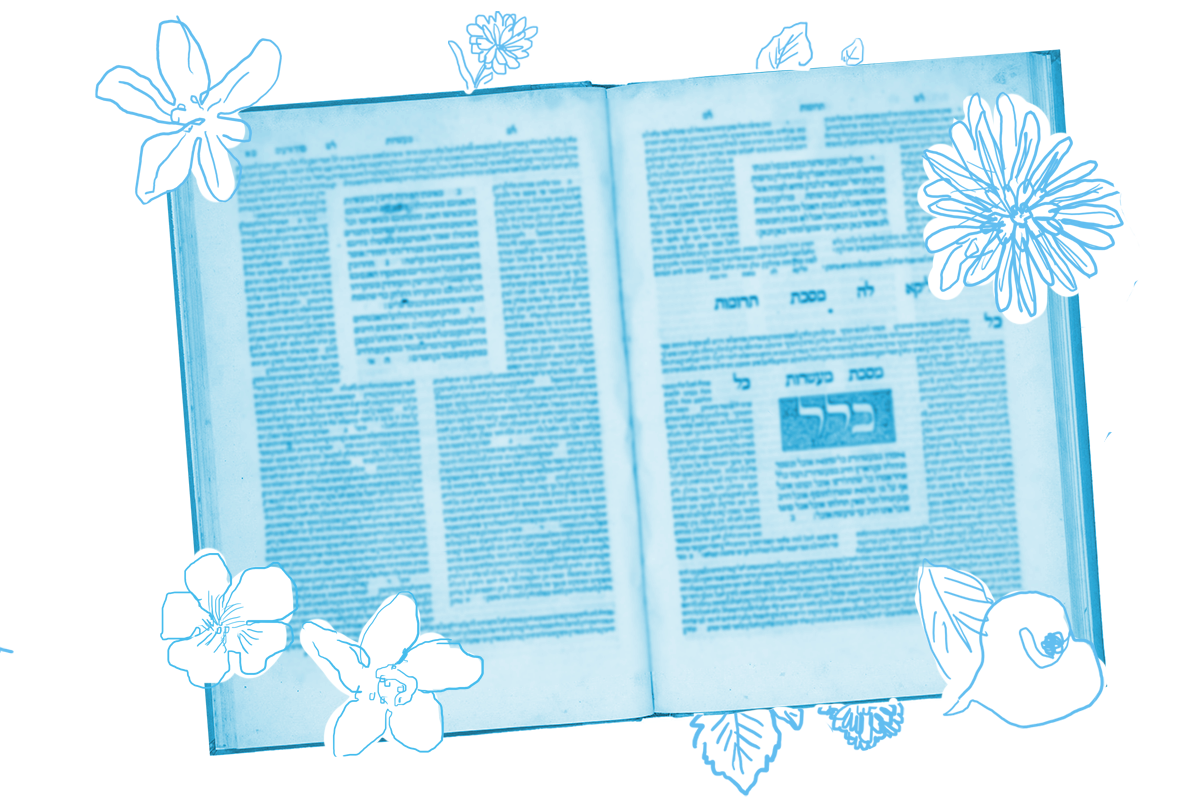Welcome to Bava Kamma, the first tractate in the fourth order of the Talmud, Nezikin, meaning damages. This is the first of three linked tractates, affectionately known as the Bavas: Bava Kamma (the First Gate), Bava Metziah (the Middle Gate) and Bava Batra (the Last Gate). Together, the Bavas lay the basis for Jewish civil law. The material we’re about to study is not primarily concerned with crime (we’ll get to that in Sanhedrin and beyond), nor does it contain much in the way of religious law, like holidays and kashrut observance, but with cases in which one person owes another compensation for damage to their person or property.
Together, the Bavas comprise over 400 pages and it will take us more than a year to study them. One might well wonder why the Talmud, a specifically Jewish body of legal writings, devotes so much energy to addressing what amount to largely secular legal concerns? Laws of Sabbath observance are of course particular to the Jews, but there is nothing uniquely Jewish about compensating someone when your ox gores theirs.
There are several answers to this question. The most straightforward is that the rabbis address civil law because the Torah does, largely in the middle of the Book of Exodus, in what scholars call the Covenant Code. God’s law, as suggested by the Torah and believed by the rabbis, is all-encompassing. Just because the law of the goring ox may feel less specific to the Jewish people than the requirements for erecting an eruv does not mean it is less of a Jewish concern. Ultimately, God’s law is capacious, encompassing all aspects of Jewish life, both those that make Jews unique and those that stem from universal human concerns.
For those who like orderly taxonomies, the early material in Bava Kamma is for you, because the rabbis begin by defining the major categories and subcategories of damages. The mishnah that opens our tractate begins with this pronouncement:
With your help, My Jewish Learning can provide endless opportunities for learning, connection and discovery.
There are four primary categories of damage: the ox, the pit, the maveh and the fire.
The mishnah goes on to start sketching the contours of these four categories. Damages that fall into the category of the pit are those that are caused by stationary property. For instance, if I dig a hole and you fall into it and break your leg, I owe you money. By contrast, damages in the fire category are those caused by property that moves. Damages caused by living beings fall into the ox category (animals) and maveh, the precise meaning of which is debated on tomorrow’s daf. We’ll have time to dive into all the specifics, but the common denominator, as the mishnah explains, is this:
For all of these primary categories, their typical manner to cause damage, and the responsibility for safeguarding from them is upon you (the owner). When any of them causes damage, the owner is obligated to pay for damage with best-quality land.
These four categories are just the beginning. As the Gemara notes on today’s daf, there are subcategories of each. For instance:
The sages taught: Three primary categories of damage were stated in the Torah with regard to an ox: goring (literally: horn), eating (literally: tooth), and trampling (literally: foot).
The difference between these is that trampling refers to unintentional damage while goring refers to intentional damage on the part of the animal. Trampling is distinguished from eating in that the animal does not derive pleasure from the act.
There are many, many more fine points to parse, and that is why we will be here for a while. Welcome to Bava Kamma.
Read all of Bava Kamma 2 on Sefaria.
This piece originally appeared in a My Jewish Learning Daf Yomi email newsletter sent on November 4th, 2023. If you are interested in receiving the newsletter, sign up here.



